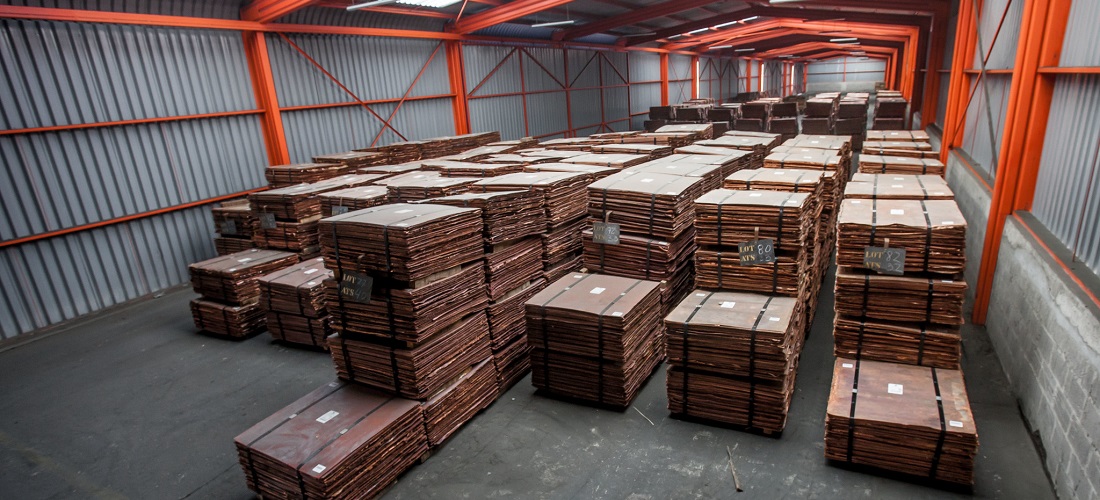
Argentina could export copper for US$5 billion by 2030
May, 20, 2024 Posted by Gabriel MalheirosWeek 202421
Argentina’s copper exports could climb to US$5 billion annually by 2030 from US$4bn in total mining shipments in 2023 thanks to seven projects that will enter into operation by then, according to the government’s mining department.
The projects Josemaría, El Pachón, Mara, Taca Taca, Filo del Sol, San Jorge and Los Azules carry about US$20.4bn in combined investment and could generate production of 1.2Mt/t, according to BNamericas data.
Copper is expected to average US$4.3 per pound in 2024 and US$4.25 in 2025 amid a market deficit, according to data from Cochilco. Prices have jumped nearly 23% since March amid announcements of reduced supply, such as the closure of the Cobre Panama mine, lower production at Anglo American in Chile and the contraction of a group of smelters in China due to the shortage of copper concentrates in the spot market.
Copper projects in Argentina depend largely on the political and economic stability of the country, where the “tax burden exceeds that of any other copper producer in the world, such as Chile and Peru,” according to Nadav Rajzman, economist at the Argentine miners chamber (CAEM).
Jose Maria
Belonging to Lundin Mining, the project involves a capex of US$4bn, with preparations underway for construction works to begin in the province of San Juan for the next one to two years, according to local reports.
The project aims to produce 131,000t/y of copper over 19 years, with the possibility of extending its life, as Lundin carries out drilling campaigns to achieve new discoveries, it said in its annual report.
El Pachón and Mara
Glencore estimated US$5.6bn in investments for El Pachón, which is developing a feasibility and environmental impact study while advancing drilling and a geotechnical study on the land in the province of San Juan.
Last year Glencore incorporated Mara, which is also in the feasibility stage and has a projection of reaching an average volume of 200,000t/y in the first decade, while El Pachón, 350,000t. Its estimated investment is US$2.78bn
Despite the financing risks announced by Glencore in 2022 to promote El Pachón, the initiative has “political support in Argentina and the corporate strength to build the mine successfully,” said Simon Catchpole, owner of consulting firm Ámbitos Andinos, in an interview with BNamericas.
Taca Taca
First Quantum is also analyzing the feasibility of this project that requires US$3.6bn to be developed in the province of Salta.
Engineering works are currently being carried out as part of its pre-development, while awaiting approval of the environmental impact study to begin construction.
Taca Taca would produce 227,000t/y in the first six years and then average 200,400t/y for the rest of its 32-year useful life.
Filo del Sol
Located in the province of San Juan and Chile’s Atacama region, Canada’s Filo Corporation has this US$1.8bn project in the pre-feasibility stage. It would produce 66,000t/y for 14 years. Its success depends on permits granted in both countries.
San Jorge
Solway Investment and Aterra Capital share equally in this US$184.5 million project in Mendoza province, which is in pre-feasibility and awaiting environmental approval to produce 40,000t/y of copper for 16 years.
Los Azules
Canadian miner McEwen must invest US$2.46 bn to build the project, which will produce 192,500t in its first two years of operation and then average 180,000t/y for the rest of its 27-year useful life.
In a recent presentation, McEwen highlighted that the mineral reserves and grades at Los Azules exceed Josemaría and that the project would have lower costs given the lower altitude and proximity to the electrical grid. Likewise, the market value of Los Azules is US$800mn, while Josemaría is US$485mn.
The company announced that it had identified evidence of another large porphyry copper system 3km from Los Azules.
Current copper production
Argentina currently has only one producing copper mine, Martín Bronce, owned by Mom Mining company in Jujuy province. It averages a monthly volume of 300t to 400t, which is shipped to Chile to be processed and exported from there to China.
-
Ports and Terminals
May, 23, 2023
0
ANTAQ holds public hearing for ITG 02 terminal bidding in Port of Itaguaí
-
Apr, 25, 2022
0
Antaq will listen to ports to find solutions to the container crisis
-
Grains
Nov, 24, 2023
0
Drop in Brazilian Wheat Output Alters Commodity Price Dynamics
-
Ores
Apr, 27, 2022
0
Brazilian ore exports fell by 22.8% in Q1, affected by the Chinese cut in imports

